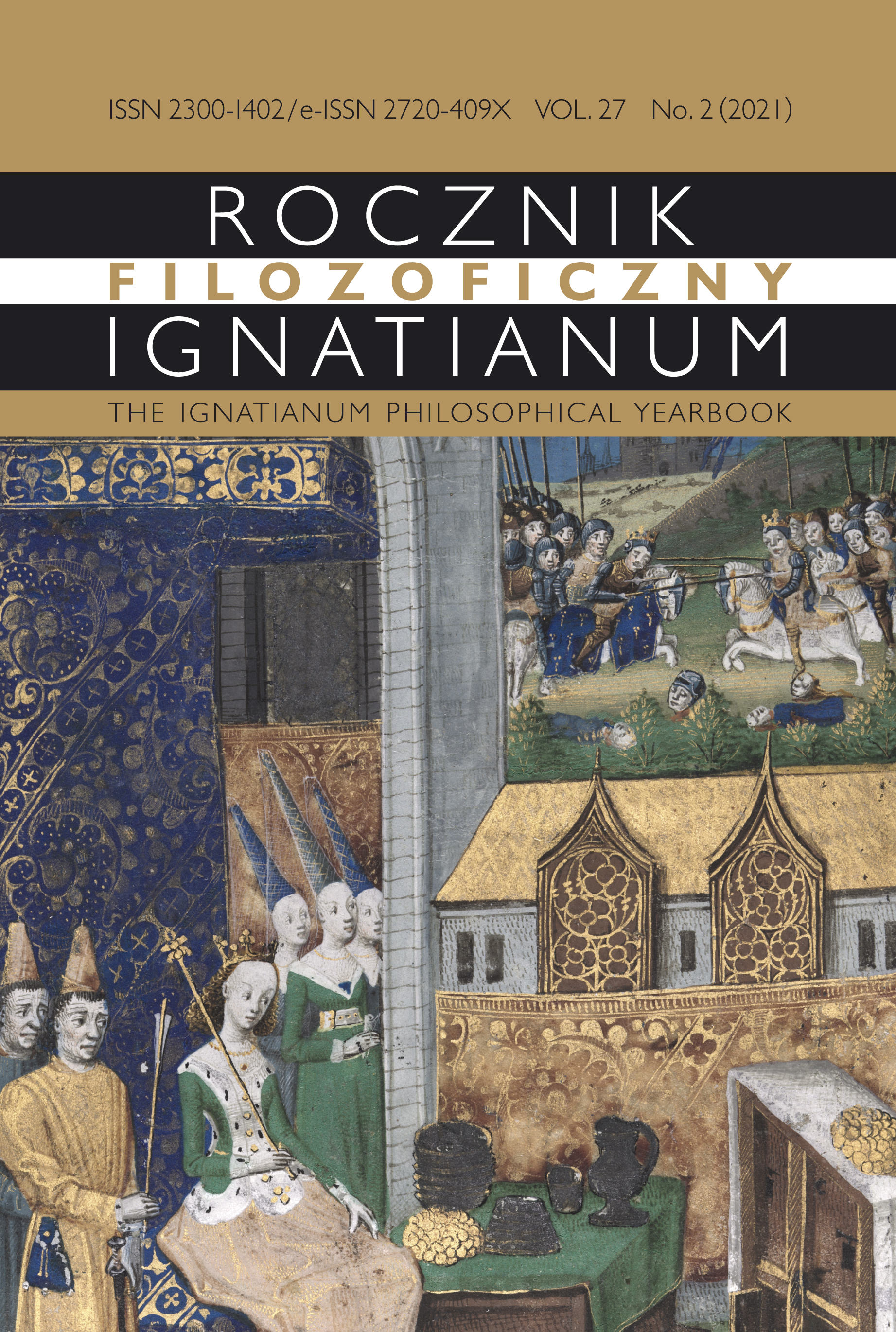Kontakty polskich królowych z sanktuarium i klasztorem paulinów na Jasnej Górze w Częstochowie
Abstrakt
Tematem niniejszego tekstu jest stosunek królowych Polski do sanktuarium Matki Boskiej Częstochowskiej na Jasnej Górze. Podstawą rozważań są materiały archiwalne przechowywane w Archiwum Zakonu Paulinów na Jasnej Górze oraz literatura przedmiotu. Z archiwum jasnogórskiego pochodzą księgi, do których wpisywano dary wotywne przekazywane przez wiernych sanktuarium jasnogórskiemu. Korzystano również z odpisów dokumentów wystawionych dla zakonu paulinów, które zebrał J. Fijałek, a które pozostają w rękopisach. Skorzystano także z publikacji Urszuli Borkowskiej i Jana Związka, w których autorzy skupiali się przede wszystkim na religijności maryjnej królów Polski. Jeżeli królowe pojawiały się w ich rozważaniach, miało to charakter drugoplanowy. W pracy zastosowano metodę analityczną.
Z analizy źródeł oraz literatury wynika, że większość królowych Polski miała kontakty z sanktuarium Matki Bożej na Jasnej Górze. Królowe wyrażały swoją pobożność w zróżnicowany sposób. Część królowych pielgrzymowała osobiście do sanktuarium, a część ofiarowywała dary i wota o charakterze dewocyjnym. Najczęstsze kontakty z Jasną Górą miały Ludwika Maria, małżonka Władysława IV i Jana Kazimierza, Maria Kazimiera, żona Jana III Sobieskiego, Maria Eleonora, małżonka Michała Korybuta Wiśniowieckiego, oraz Maria Józefa, żona Augusta III Wettina. Przybywały one wielokrotnie do sanktuarium, modliły się przed obrazem Matki Boskiej i ofiarowały wota. Pozostałe królowe miały mniej liczne kontakty z Jasną Górą. Wszystkie władczynie ofiarowały szaty liturgiczne, często haftowane własnoręcznie, biżuterię oraz darowizny finansowe.
Copyright (c) 2021 Akademia Ignatianum w Krakowie

Utwór dostępny jest na licencji Creative Commons Uznanie autorstwa – Bez utworów zależnych 4.0 Międzynarodowe.
Rocznik przyjmuje do druku wyłącznie materiały, które nie wchodzą w żaden konflikt interesów, żaden konflikt z prawem autorskim itp. Redakcja prowadzi działania przeciw: plagiatom, ghostwriting1, guest/honorary authorship2 itp. Autor pracy zbiorowej, który jest pierwszy na liście, bierze na siebie odpowiedzialność i ma obowiązek przedstawić wkład wszystkich współautorów. Jeśli publikacja powstała dzięki dedykowanym środkom finansowym, należy ujawnić to np. w Podziękowaniu, przypisie itp. Ew. przedruki wymagają jawnego zgłoszenia i okazania odpowiedniego pozwolenia wydawniczego. Autorzy / Recenzenci nierzetelni narażają się na reakcję właściwą stosownym instytucjom.
______
1 Ma to miejsce, gdy osoba mająca istotny wkład jest pominięta na liście Autorów czy w Podziękowaniu.
2 Zachodzi, gdy na liście autorskiej pojawia się osoba mająca znikomy/żaden udział w pracy.





